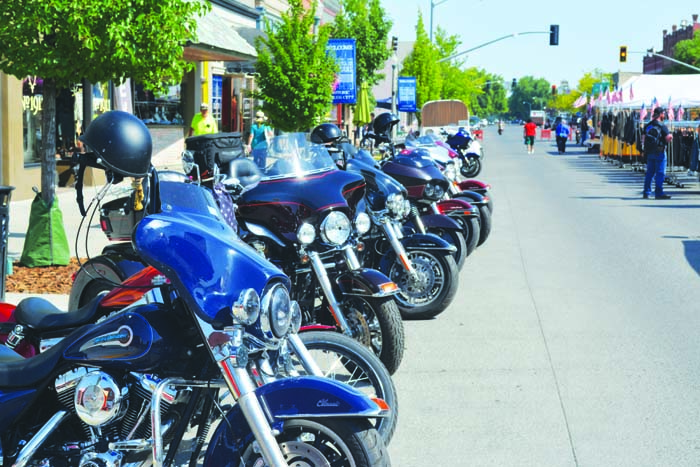Oregon’s poverty gap continued to shrink through the pandemic
Published 9:32 am Tuesday, November 1, 2022
SALEM — Even as COVID-19 upended Oregon’s economy and uprooted thousands of lives, the poverty gap between white and nonwhite Oregonians narrowed to the lowest point on record.
Trending
About 15% of Oregonians who didn’t identify as white were below the poverty line last fall, according to data published this fall by the U.S. Census Bureau. That’s just 3.6 percentage points higher than white Oregonians.
That gap was nearly four times greater a decade ago, in the aftermath of the Great Recession. And notably, the gap continued to close in 2020 and 2021 despite upheaval associated with the pandemic and the steepest, deepest economic downturn in Oregon history.
“The pandemic was an equal-opportunity disaster. And in a lot of ways our traditional disparities, they either didn’t widen or they got smaller,” said Josh Lehner, of the Oregon Office of Economic Analysis, who wrote about the new census data.
Trending
Most striking is what happened to disparities in poverty rates over the past decade. The share of white Oregonians below the federal poverty line has remained relatively steady since the 1970s, typically ranging between 11% and 13%.
For nonwhite Oregonians, though, the share below the poverty line was consistently above 20% for decades, hitting a peak of 27.1% in 2011. That reflects historic inequities that have plagued the state for generations.
The poverty rate for nonwhite Oregonians began a historic decline as the Great Recession faded, though, dropping below 20% in 2017 and continuing to fall.
“It was all about the economy and the rising labor market,” Lehner said. Unemployment fell to a historic low and wages rose. That benefitted all groups, but especially those who had been living on the margins.
“If you’re anywhere near the poverty line, you’re really struggling to put food on the table and paying rent,” Lehner said.
The federal poverty line, set nationally without accounting for higher cost of living in states like Oregon, changes annually. For 2022, it was annual income of $13,590 for a single person, or $27,750 for a family of four. That represents extreme poverty. Many people above that line are barely getting by.
“If you’re just technically a few thousand dollars above the poverty line it’s not like you’re living the high life,” Lehner said. “There’s still a lot of people struggling.”
Oregon’s jobless rate soared to a record high of 13.3% in the pandemic’s first month as government mandates shut down restaurants, theaters and gyms and many businesses laid off workers in anticipation of an economic catastrophe.
Federal bailouts kept many businesses afloat while expanded jobless benefits and stimulus payments cushioned the blow for workers. Oregon’s poverty rate actually fell during 2020, from 10.2% to 9.8%, and people across the spectrum of racial and ethnic groups benefited.
Oregon’s poverty rate climbed last year to 11.2%, the highest point since 2017, as pandemic relief programs expired. But the gap between white and nonwhite Oregonians continued to close.
Big gaps remain in overall income. Historically, for example, Black Oregonians have earned far less than the median household.
Nationally, the median Black household earned 62% of what white households earned last year. Hispanic households earned 74% as much as white households.
Inflation remains stubbornly high, and rising prices tend to be hardest on those with the least, because they spend more of their income on daily necessities like rent, gas and food.
New census data won’t reflect inflation’s impact for another 11 months, but Lehner said high demand at food banks and for rental assistance suggests people are feeling the strain.
“That’s indicative of some of these underlying issues,” he said.







